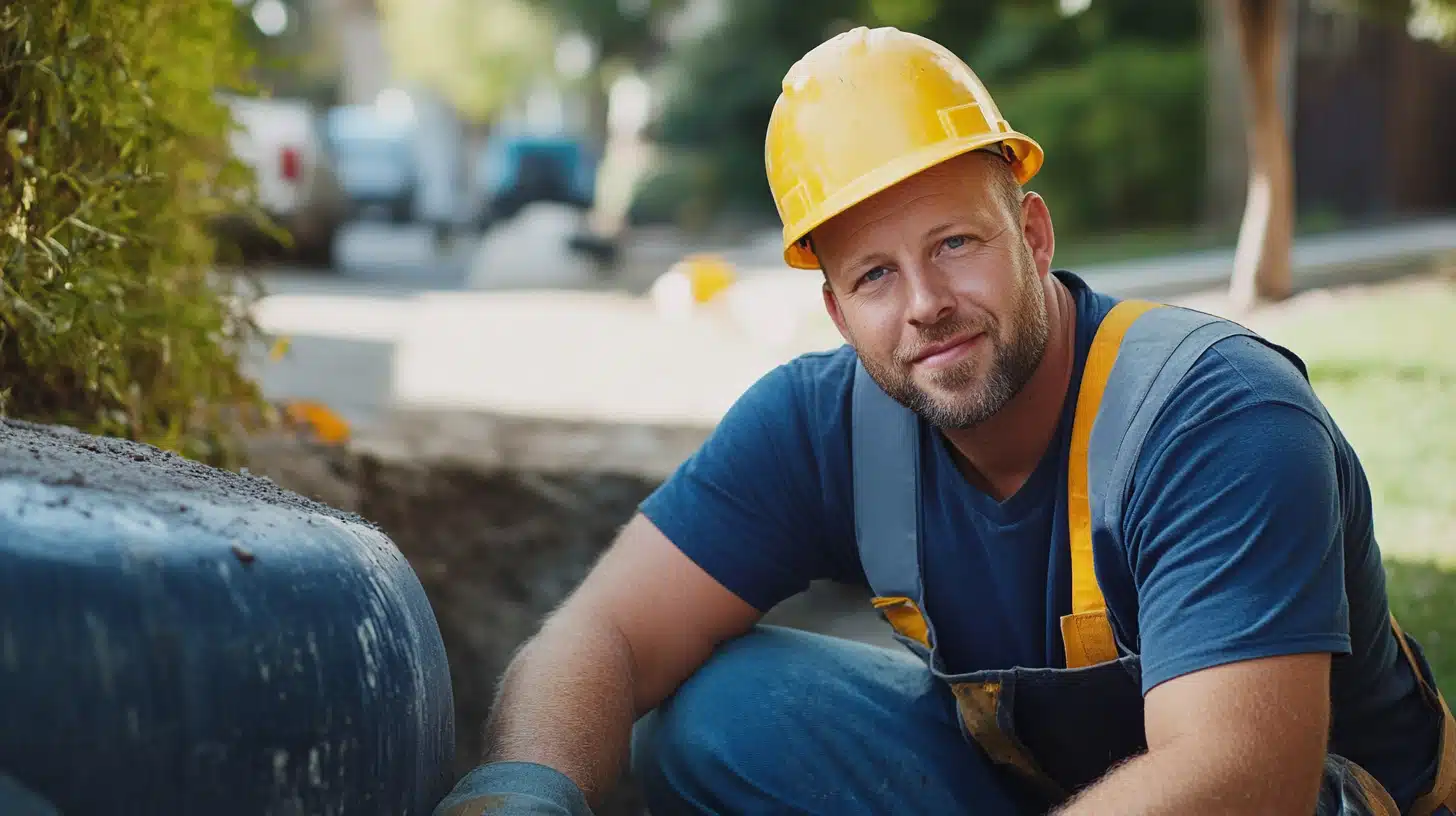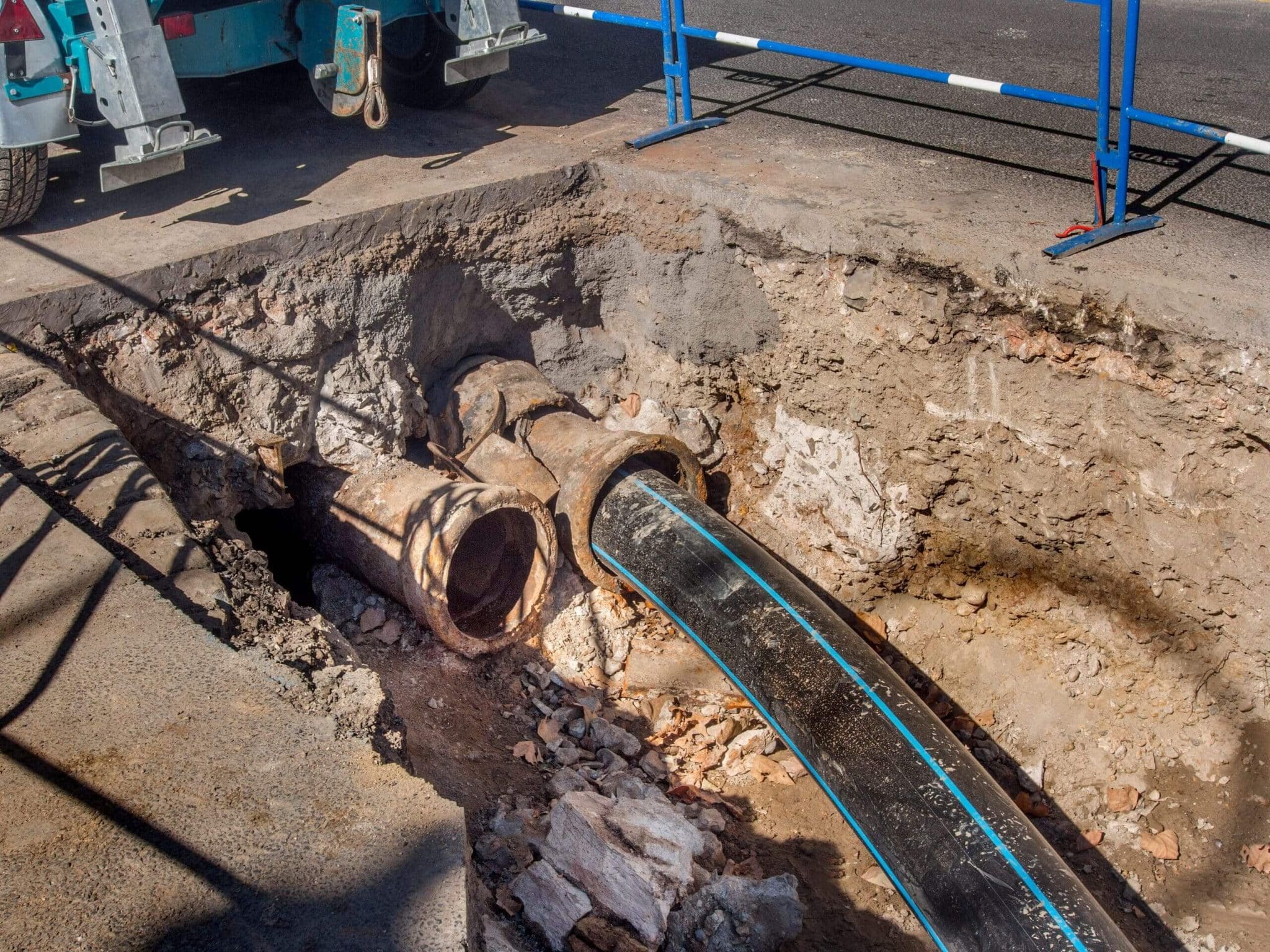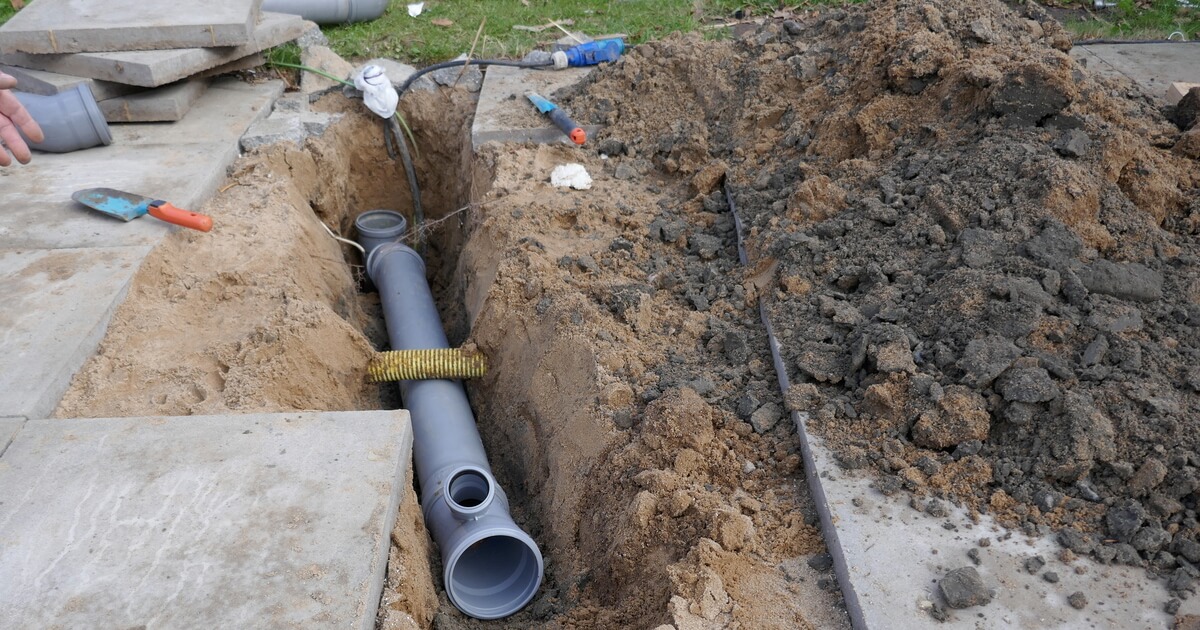
Trenchless sewer repair is an innovative method for fixing buried sewer lines that enables the replacement or reinforcement of existing underground pipes while reducing the need for extensive digging and lowering labor costs. This approach is often more affordable than traditional replacement methods, making it a compelling choice when feasible. In this guide, we will outline the process, explain how trenchless sewer line repair functions, and discuss why it could be the ideal solution for your home.
What Is Trenchless Sewer Replacement?

Trenchless sewer replacement focuses on substituting buried sewer pipes without the additional labor and potential damage associated with conventional trench-digging methods. There are two main techniques for trenchless sewer replacement: pipe bursting and pipe lining. These methods can be utilized whether you are connected to a public sewer system or have a septic system. Typically, both methods start with a camera inspection of the sewer line to pinpoint the section that requires repair or replacement.
Pipe Bursting Method
In the pipe-bursting method, the sewer repair technician will create two small access points to reach your sewer line and remove sections of it. They will then insert a steel cable through the damaged area. A metal piece larger than the sewer line is attached to one end of the cable, followed by a length of new high-density polyethylene (HDPE) pipe.
Using machinery from the other access point, the technician will pull the cable through the existing pipe. The metal piece breaks apart the old pipe, allowing the HDPE pipe to slide into place as the cable is drawn through to the second access point. Finally, the technician will connect the new pipe to the remaining sections of your sewer line, leaving the broken pieces of the old section buried underground.
Pipe Lining Understanding
Pipe lining is a technique primarily used for repairing underground pipes instead of replacing them. After conducting a camera inspection to identify the leak or damaged section of the sewer line, the technician will create two small access points and cut into the sewer line at each location.
Next, the technician will insert a cable through the pipe and use it to guide a pipe liner into place. Once the liner is properly positioned, the technician will inflate it and apply heat or UV light to cure it in place. After removing the cable, the liner will remain inside the pipe, acting as a new inner pipe for many years.
Finally, the technician will reconnect the repaired section.
Trenchless Sewer Replacement Pros
When comparing the labor and installation processes of traditional sewer line replacement to trenchless methods, it’s evident that trenchless has significant advantages.
Reduced Property Damage
Since a plumbing crew doesn’t need to dig a trench along the sewer line, everything in the vicinity—including landscaping, hardscaping, and even buildings—remains safe from damage or demolition. While there may be some minor damage around the access points, many crews work to minimize this by using tarps to contain dirt and preserving any dug-up grass or shrubs for replanting later.
With minimal excavation, you’ll keep most of your lawn or garden intact, and you will rarely have to repair decks, patios, or walkways, saving you both time and money after the repair is finished.
Potentially Lower Costs
Choosing trenchless sewer replacement can often be more cost-effective than traditional methods, depending on your project’s complexity. This is primarily because the labor involved is significantly reduced. Your sewer repair technician won’t need to use heavy digging machinery or spend time backfilling around the repaired line.
In some instances, the cost for trenchless services might match or even exceed that of traditional methods. However, it’s important to consider the savings in time and effort for restoring your property, as there will be considerably less damage.
Faster Job Completion
Replacing a traditional sewer line can take a week or more due to the extensive digging needed to access the entire line. In contrast with trenchless methods, the crew only needs to dig two access holes to install a new pipe or create one using epoxy.
This allows the crew to finish the job in as little as a day.
Less Disruption
Excavating an old sewer line is a significant undertaking. Besides the trench work, your crew may need to close off your street to accommodate equipment or ensure worker safety.
Additionally, while the crew is working, you won’t have access to sewer services. This means no washing dishes, flushing toilets, or brushing your teeth—essentially, no activities involving wastewater. Living without these conveniences for several days can be quite challenging, making trenchless repairs, typically completed in a day, a more attractive option for many homeowners.
Durable and Lasting Outcomes
The materials used by your repair technician for a trenchless sewer repair are designed to last between 50 and 100 years, comparable to the lifespan of a traditional repair. This means not only will you save on the initial costs, but you can also expect to see savings over time thanks to the durability of the repair.
Trenchless Sewer Replacement Cons

While trenchless technology may seem like the obvious choice for a new sewer line, there are situations where it might not be the best option.
Requires Trained Technicians
First and foremost, it’s essential to hire a trained local sewer repair company for trenchless pipe lining or replacement. This isn’t a task that just any plumber can handle. Additionally, since this technology is relatively new, you might find it challenging to locate a company in your area that offers this service and has the necessary experience.
Qualified technicians go through training and certification to determine if trenchless technology is suitable for a project and to execute the work properly. Even if a company claims to provide trenchless replacement, it may not have the skilled plumbers needed to perform the job correctly, potentially leading to larger issues later on.
Not Suitable for All Circumstances
Despite the advantages of trenchless sewer replacement, it’s not always the right choice. If you’re facing a collapsed pipe, a poorly installed pipe, or a burst pipe that has damaged nearby utilities, you may not be able to utilize the convenience of trenchless technology.
In such cases, traditional trenching will be necessary to remove the old pipe, address any additional problems, and install the new sewer line. Your repair technician should be able to advise you on whether trenchless repair is a suitable option for your home.
Thus, trenchless sewer repair is a modern, efficient, and minimally invasive solution for addressing sewer line issues. By eliminating the need for extensive digging, it preserves your property, reduces disruption, and provides durable results. Whether through pipe bursting or pipe lining techniques, trenchless methods offer a cost-effective and environmentally friendly alternative to traditional sewer repair approaches, ensuring your plumbing system remains reliable for years to come.
